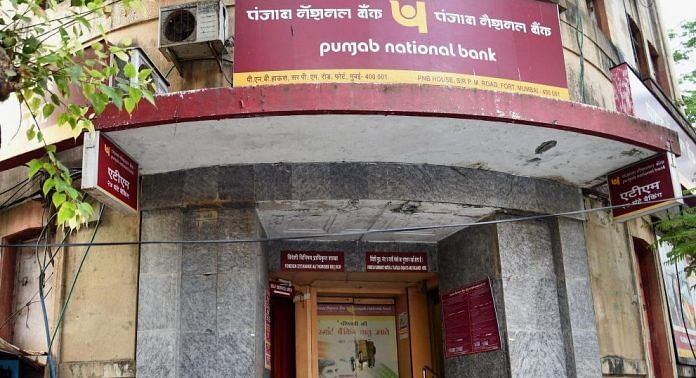Government will provide Rs 41,000 crore of capital for state-run banks, over the budgeted amount of Rs 65,000 crore, says Arun Jaitley.
New Delhi: Banks such as the Punjab National Bank, Corporation Bank, Bank of Maharashtra, Allahabad Bank and Bank of India may be major beneficiaries of the government’s enhanced capital infusion plan.
The Modi government has moved to provide additional capital to weak banks after failing to make headway with the Reserve Bank of India over the relaxation of restrictions placed on these banks under the Prompt Corrective Action (PCA) norms.
Finance Minister Arun Jaitley Thursday announced that the government will infuse an additional Rs 41,000 crore of capital into state-run banks, over and above the budgeted amount of Rs 65,000 crore in the fiscal year 2018-19.
With only part of the infusion done so far, more than Rs 83,000 crore of capital will be infused in some state-run banks by the next quarter.
Apart from PNB, the other banks are among the 11 that are under the RBI’s PCA framework. The PNB, hit by the massive Rs 14,000 crore Nirav Modi fraud, has key parameters such as capital adequacy ratio under severe pressure forcing the government to infuse capital to prevent the lender from being pushed into the PCA framework.
Also read: RBI has excess capital in Rs 5.7-7.9 lakh-crore range, says paper by Arvind Subramanian
Infusion to aid weak banks
The capital is aimed at meeting regulatory capital norms, providing capital to better performing PCA banks to ensure that their key metrics like net NPAs and capital adequacy ratio are well above the regulatory norms so as to facilitate their exit from the framework and to ensure that other banks don’t slip into it, Jaitley said.
Secretary, financial services, Rajiv Kumar said the aim is to help at least four to five banks move out of the PCA framework.
The government contends that the removal of lending restrictions will help in improving the credit flow to important sectors of the economy including the politically important constituency of micro, small and medium enterprises.
The relaxation of the PCA framework has been a major point of difference between the government and the RBI. In its 19 November meeting, the government had argued that the RBI’s PCA framework is far stricter than the global norms.
For instance, RBI takes into account net NPAs as well as negative returns on assets besides capital adequacy to determine if a bank should be placed under the PCA framework, unlike other countries that only look at capital adequacy.
The RBI, however, had defended its stance arguing that restrictions on lending are helping the weak banks strengthen their balance sheet. The matter was eventually referred to the board of financial supervision headed by the governor.




Enjoy everybody. Nirav, choksi will empty PNB and jaitly Will fill PNB with public tax money. WHOSE FATHER GOES WHAT.